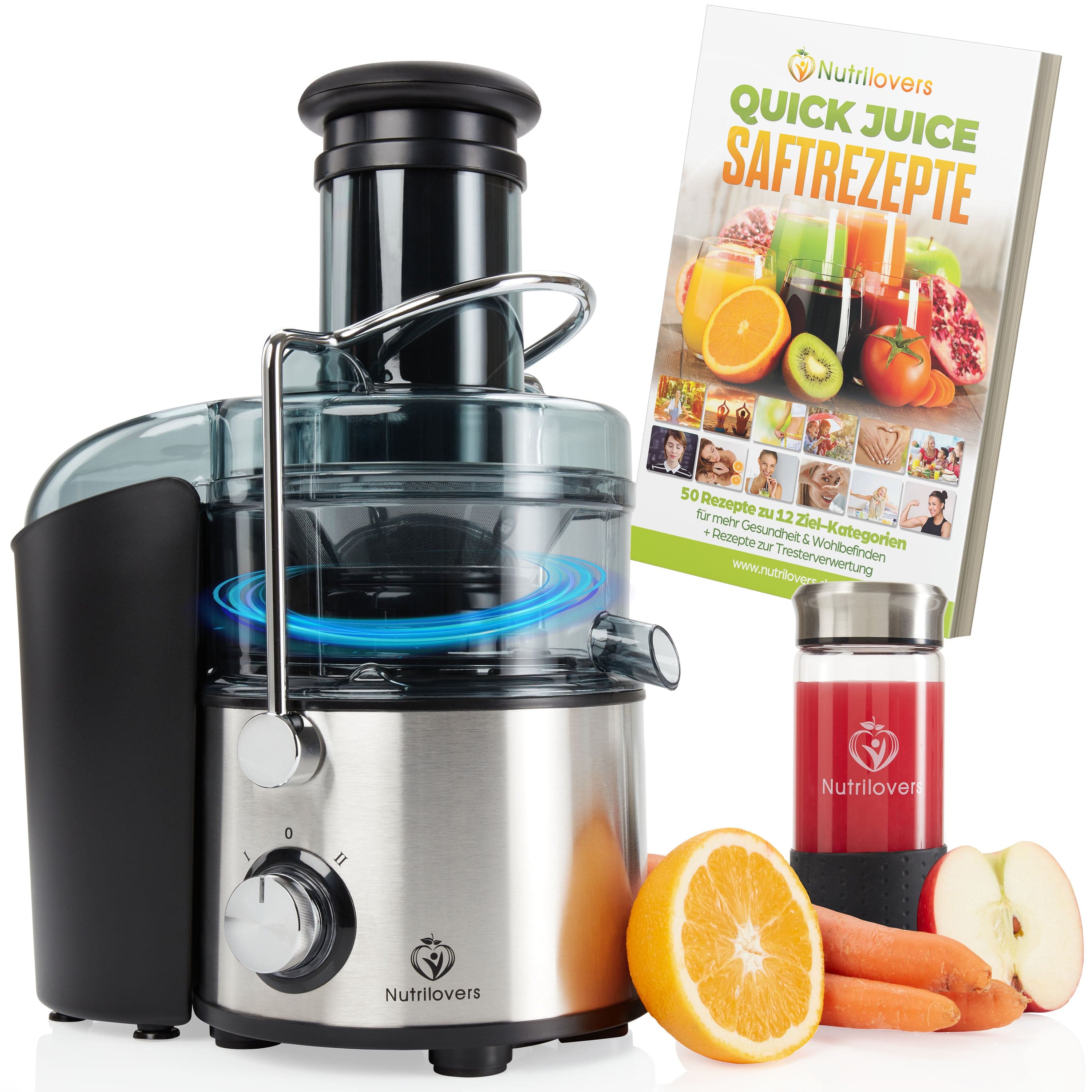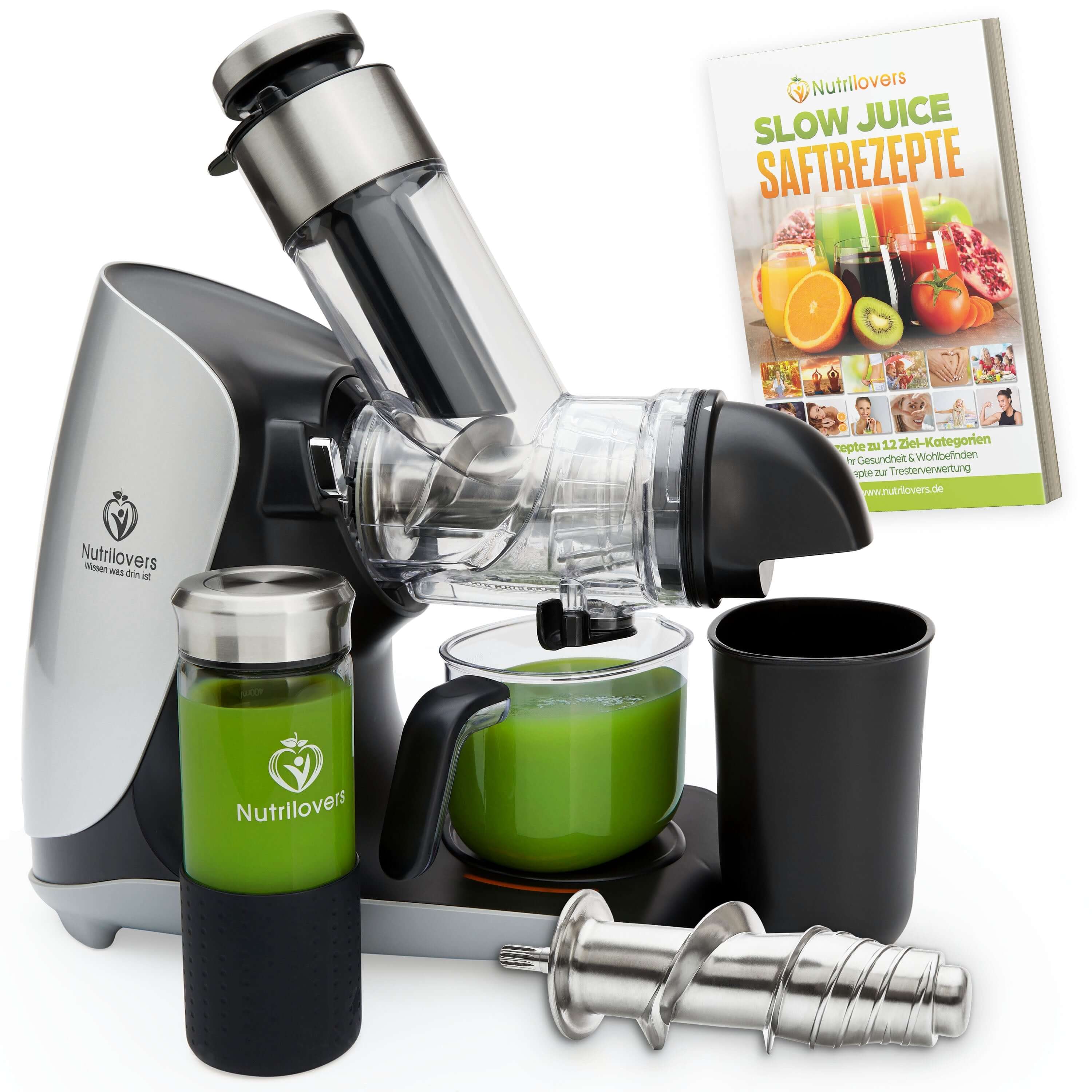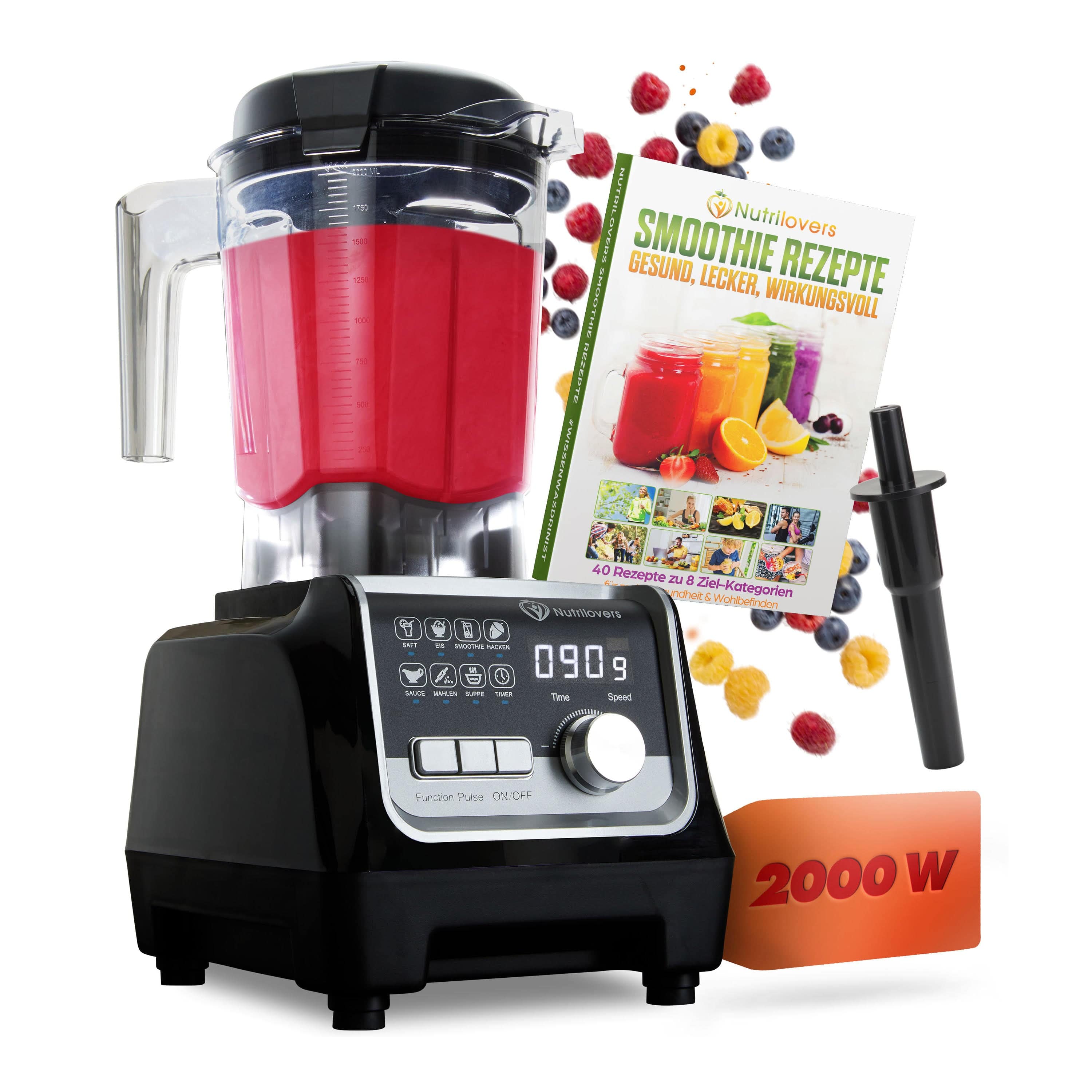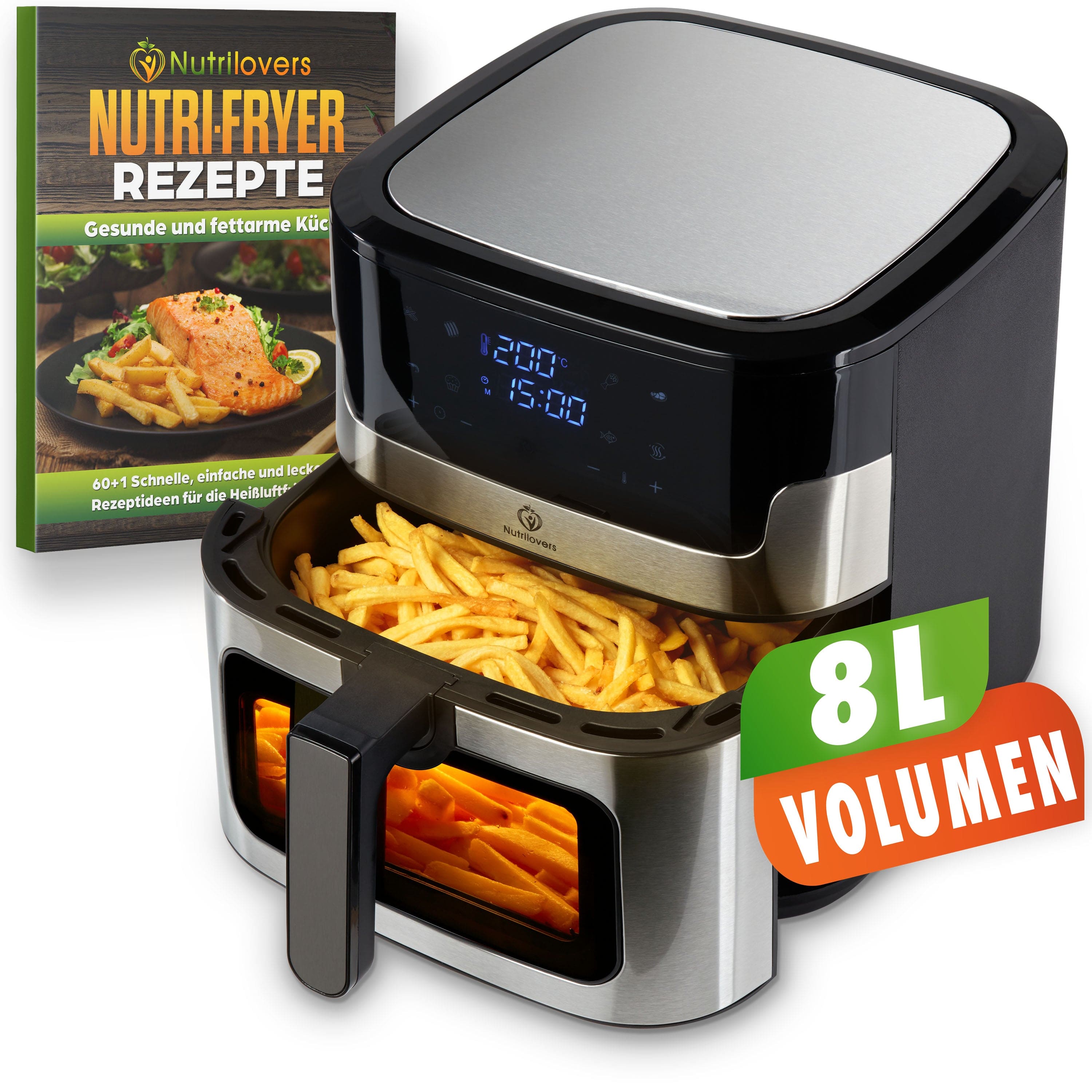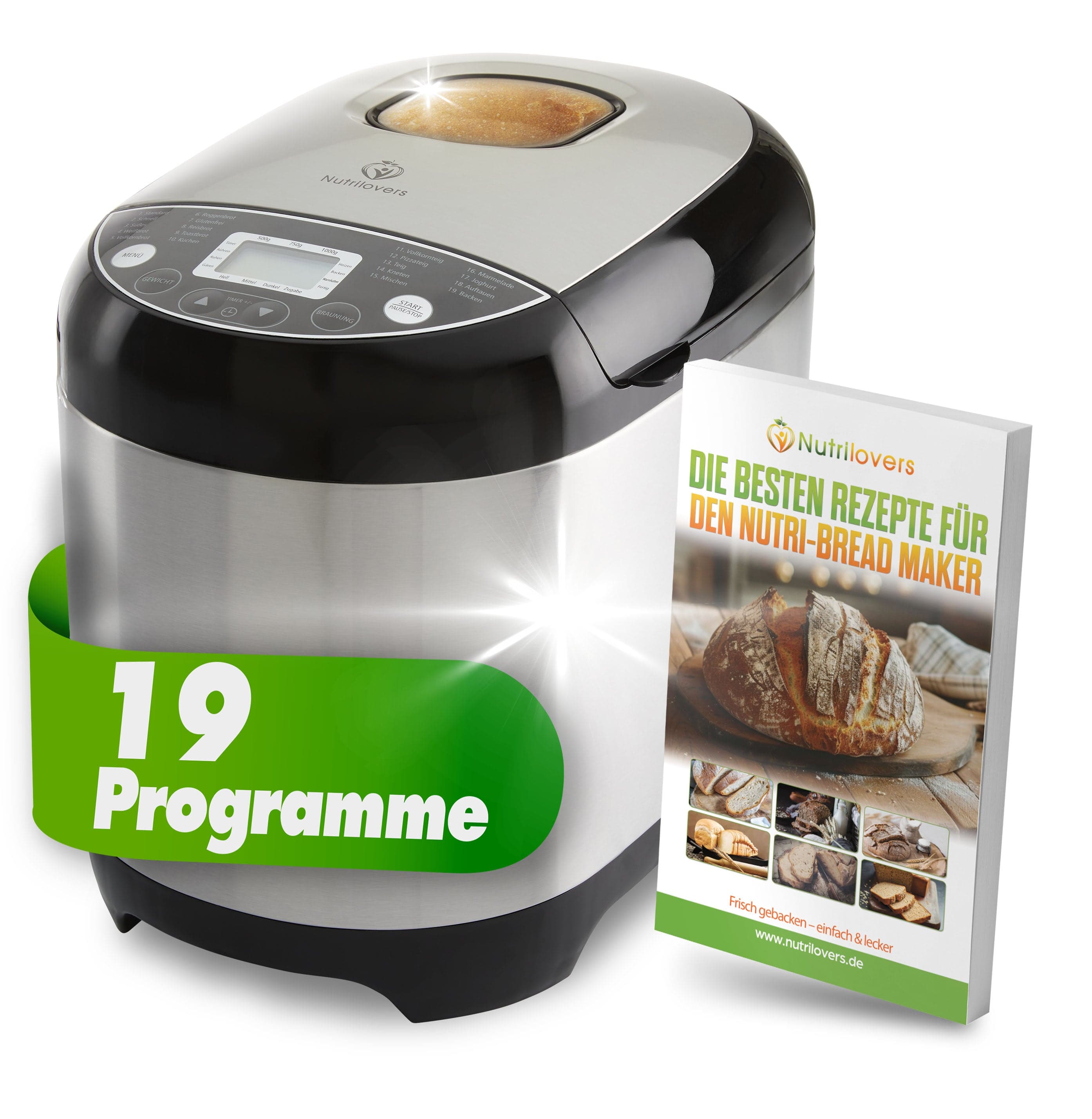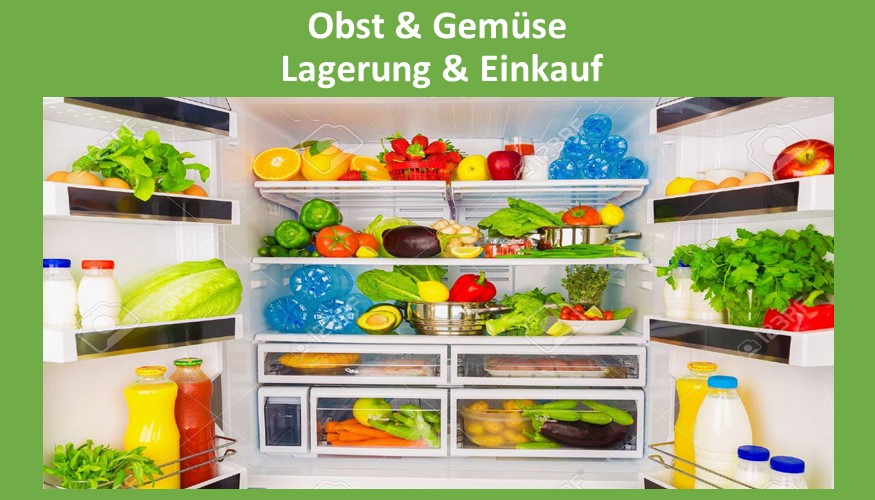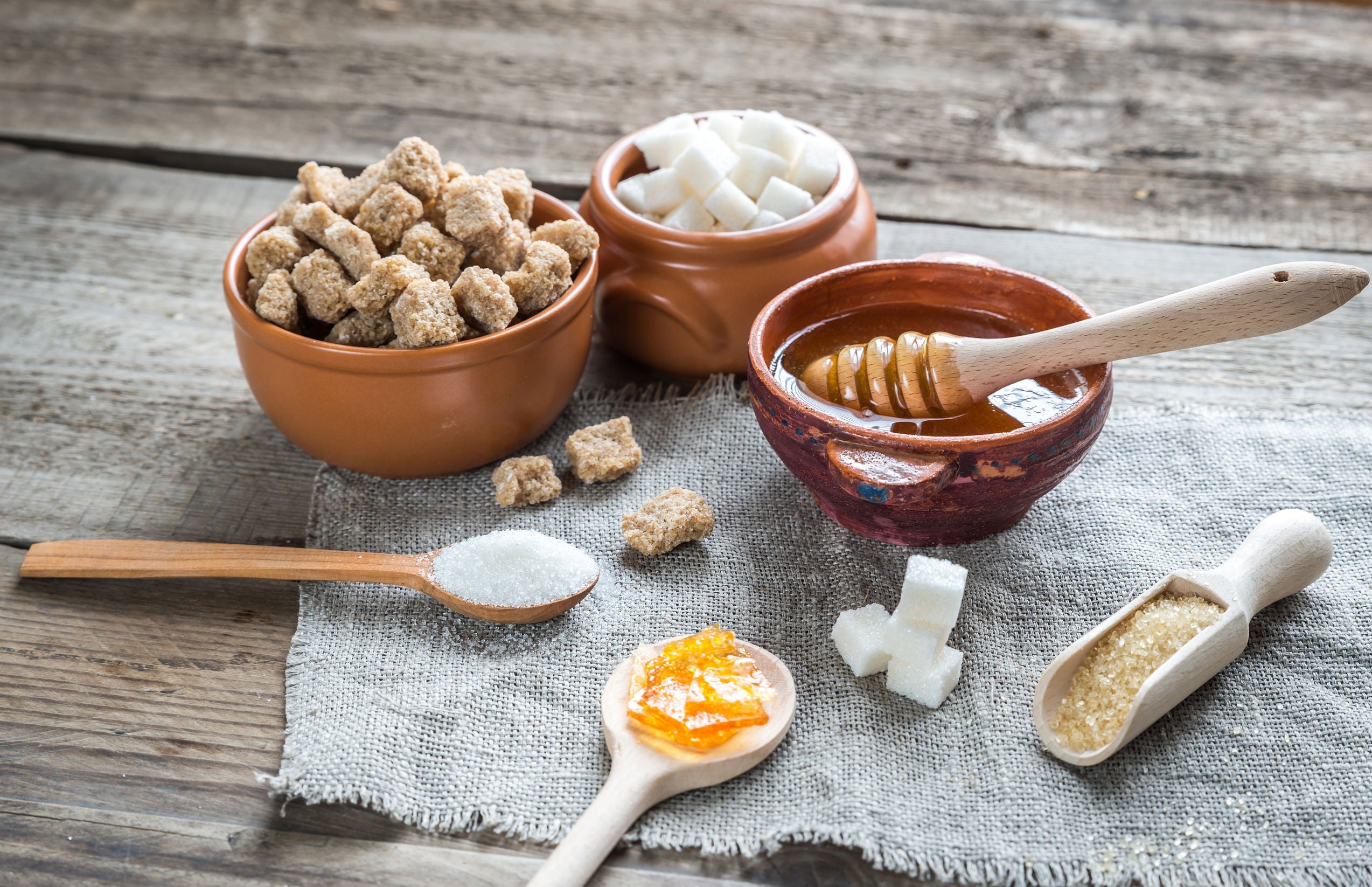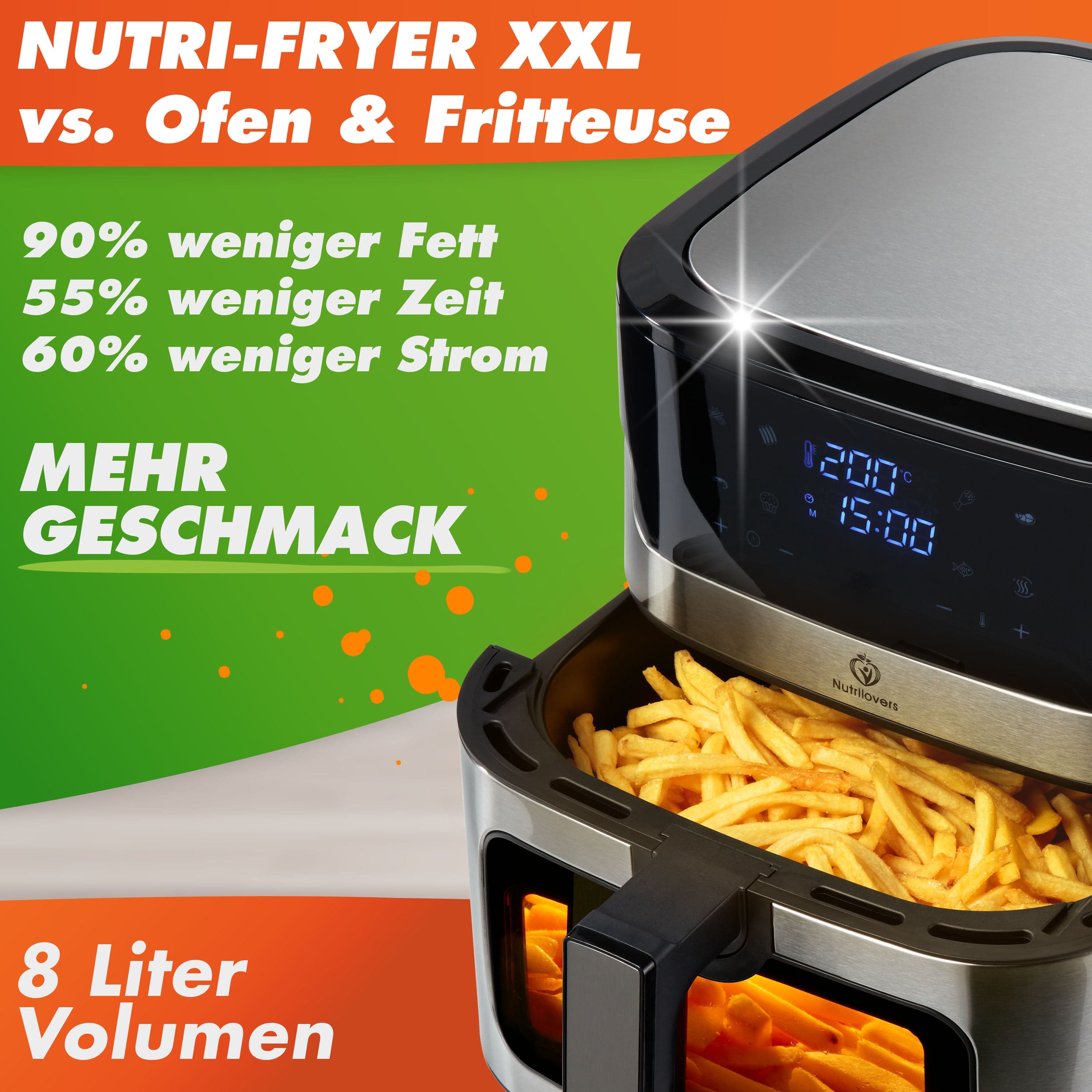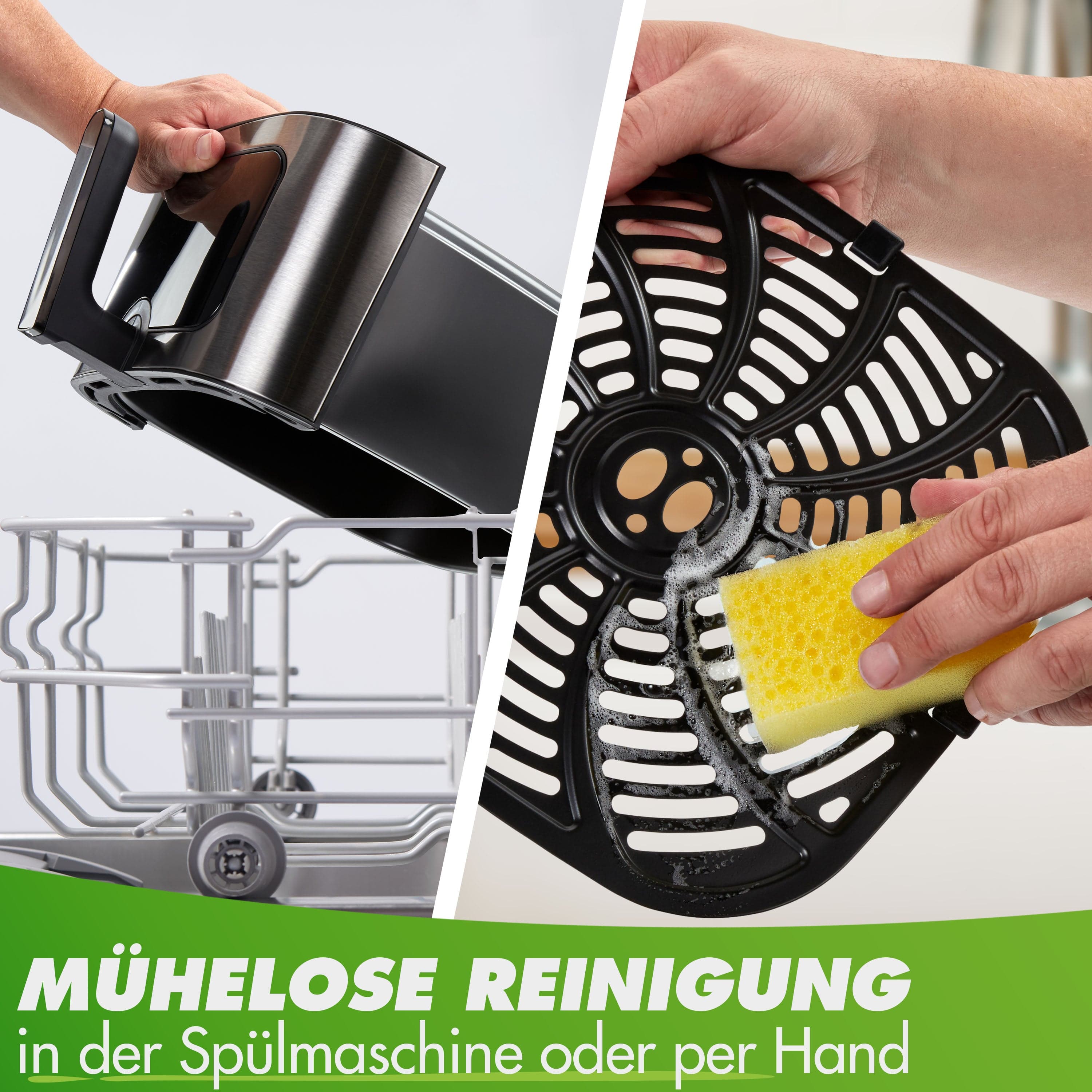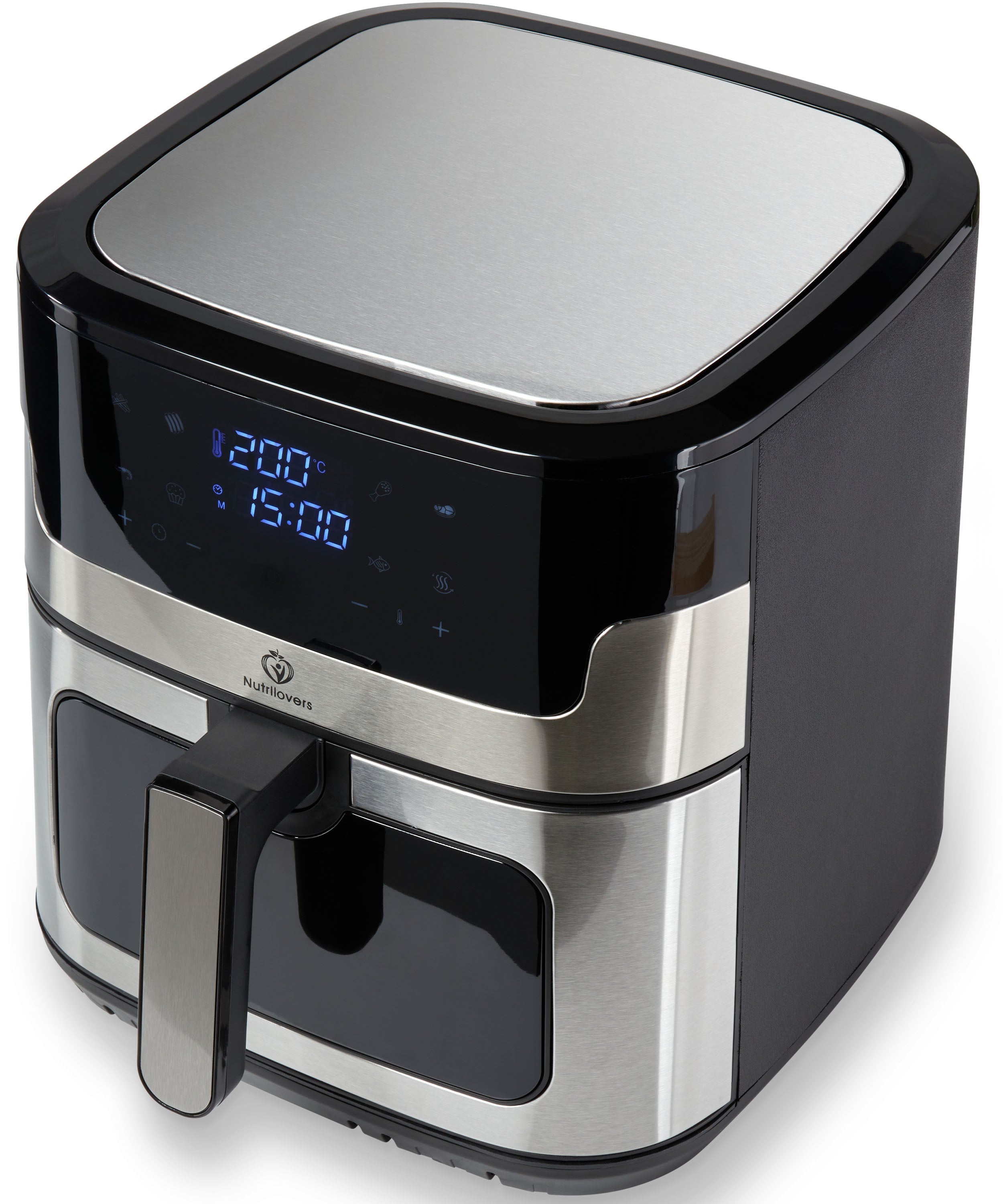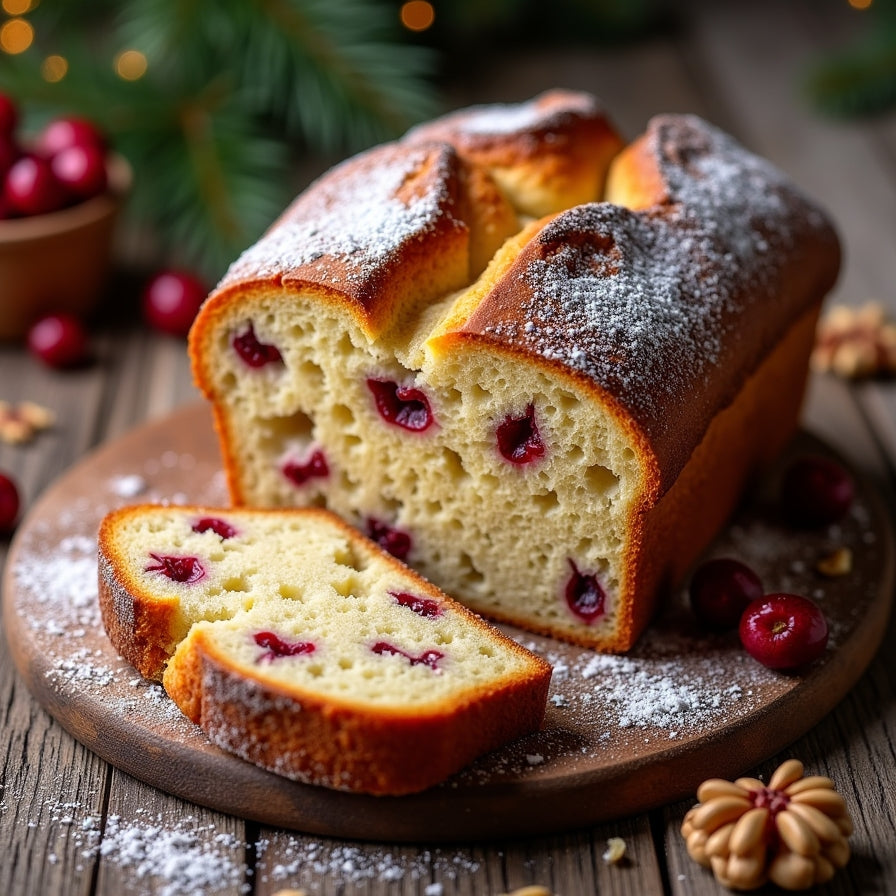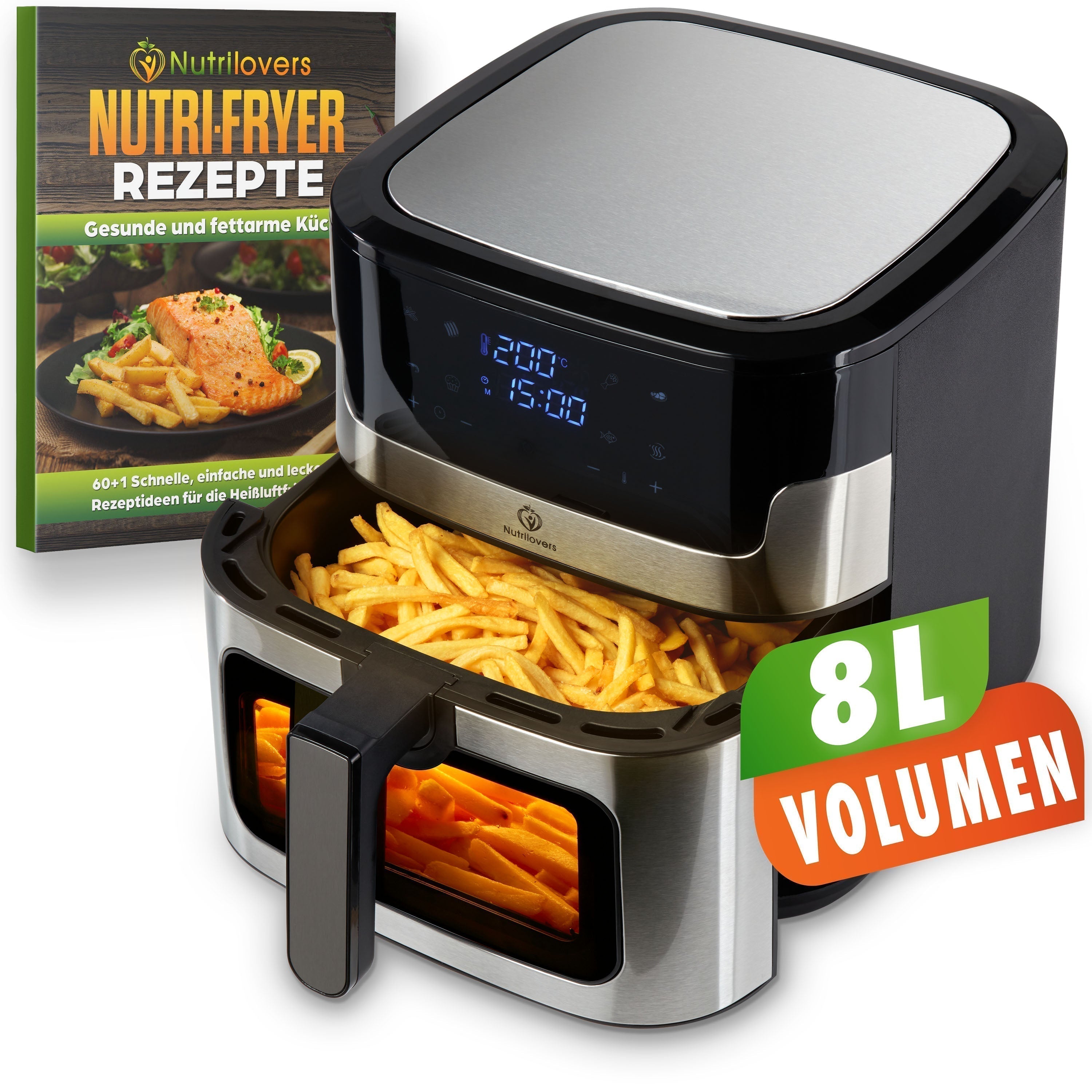Tips & tricks to consider when shopping and storing fruit & vegetables
Fruit and vegetables are essential for a healthy diet. It's generally recommended to include at least five portions of fruit and vegetables in your daily diet. This is obviously a lot, and it's difficult to achieve it through food alone. A cool trick , therefore, is to process fruit and vegetables into delicious, freshly squeezed juices . This way, you'll definitely get your recommended amount of fruit and vegetables. It's best to process vitamin-rich fruit in a slow juicer. These machines process fruit and vegetables gently and efficiently, allowing you to benefit from their full flavor and, above all, from all the vitamins.
Before you start making the juices, however, you'll need to buy the fruit and vegetables first. There are a few things to consider when buying fruit and vegetables. We'll now take a closer look at the mistakes you should avoid and what to keep in mind.
Shopping for fruit and vegetables, child's play...?
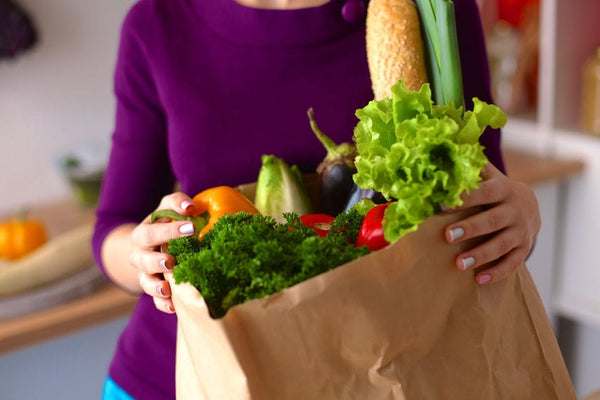
If you don't have your own garden and can't find a bountiful supply, you can find the best fruit and vegetables at the market or at your local farm shop. There, you can be sure that the organic fruit is truly organic. At the same time, you're supporting local farmers.
You should mostly choose seasonal fruits and vegetables . This will also leave a positive footprint. This is a topic of interest, especially these days.
Of course, this doesn't mean you have to forgo tropical and exotic fruits forever. However, the majority of your shopping should consist of regional and seasonal products.
If you don't have a market or farm-gate near you, you can still find great, high-quality organic produce at supermarkets and discount stores. Nowadays, the origin of each individual product is clearly labeled, making it easy to decide which apples and kohlrabi to buy.
Purchasing checklist:
- Buy regional and, if possible, seasonal products
- Pay attention to organic quality
- Avoid unnecessary packaging.
- Even slightly damaged fruit and vegetables are still ideal for juicing
- Buy herbs with roots
Shopping for fruit and vegetables - a great hack to save money
Shortly before closing time, fruit and vegetables are usually offered at a discount. You shouldn't be ashamed if you indulge in a good amount. Quite the opposite; it's great that these foods aren't thrown away . And you benefit from the low prices. Perhaps there's even a private supermarket in your town that offers these very odd items at a discount.
Some fruits and vegetables might not win beauty contests anymore. They don't have to. Especially if you're planning on juicing apples, pears, or celery in a slow juicer anyway, it's okay if they're a little dented or slightly shriveled in places.
However, make sure you don't use rotten fruit. Rotten fruit must be removed, and you can generously cut away any small rotten spots with a knife. For example, if the apple has a small, soft brown spot but is otherwise still in good condition, simply cut that small spot away. The rest of the apple is perfect for juicing.
Especially during the cold season, it's so important to provide your body with sufficient vitamins and minerals. Slow juicing ensures you get the perfect amount of vitamins. This way, you can strengthen your immune system and give germs, bacteria, and viruses no chance. Cold juicing is also really fun. You can always experiment with new creations and juice recipes . With your juicer, you can conjure up crazy, cool, and delicious drinks. How about, for example, a bright red berry juice with a special touch of ginger and a hint of chili.
Proper storage of fruit and vegetables
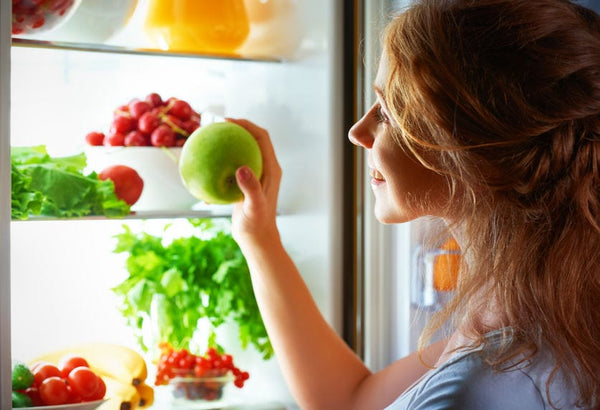
Properly storing fruit and vegetables is especially important. This ensures that the produce stays fresh for as long as possible and you don't have to throw it away. These tips and tricks can be particularly helpful if you only go shopping once a week. This way, you'll always have delicious produce in your fridge and you'll also save money.
Many fruits and vegetables go straight into the fridge after shopping. In the next chapter, we'll tell you the specific needs of each candidate and what you should pay particular attention to. This way, you can stock your fridge once a week and conjure up the most delicious and varied juices every day.
Fruits and vegetables,
and how they want to be stored
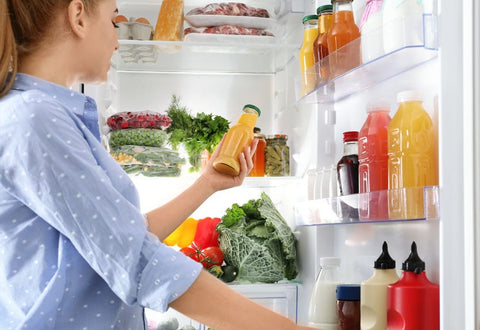
Biofresh or Longfresh 0°C
Many refrigerators have special compartments called Biofresh or Longfresh. The temperature here is around 0° Celsius and is perfect for storing fruit and vegetables. If you've been shopping and have a lot of fruit and vegetables to store, you should give priority to salads and green vegetables . These are best kept in the special compartments and zones. You'll be surprised, but at 0° Celsius and high humidity, salads and green vegetables will last up to three weeks. It's also important, however, that you don't store anything on top of the lettuce. It doesn't like being pressed in at all and will quickly take revenge by turning leaves wilted and brown.
Bottom compartment 2-3°C
At 2°C to 3°C, these temperatures are usually found in the lowest compartment, just above the vegetable drawer, you should store carrots, radishes, asparagus, cabbage, parsnips, kohlrabi, and the like. You may often buy carrots with the greens on them, and kohlrabi and radishes also have leaves on them. This often raises the question of what to do with these leaves. First of all, don't throw them in the trash. These leaves are wonderful for pressed juice, but they also taste wonderful in salads and pestos.
Since the leaves absorb moisture from the fruit, you should remove them before refrigerating the vegetables. This will keep them smooth and attractive for longer. If you leave the leaves on the vegetables, they will shrivel quickly. If you don't plan on using the greens right away, it's best to wrap them in damp cloths and store them in the Longfresh Zone at 0° Celsius. Change the cloths daily to help the leaves retain moisture. Keep them moist, not wet, to prevent rotting.
Exotic fruits
Exotic fruits don't want to be stored in the refrigerator at all. Often, however, you don't need a whole pineapple or mango. Peel the whole fruit and pack the remaining peeled pieces in a plastic container or zip-lock bag. You can store them in the refrigerator for three days. If you don't need the fruit during this time, you can also freeze it. This also applies to bananas, papayas, and melons.
Onions, potatoes and radish
You can store onions, potatoes, and radishes in the refrigerator at 5°C to 10°C. Jerusalem artichokes, sweet potatoes, and beets also fall into this category. You can also store potatoes and onions in a cool, dark place in the pantry.
Cucumbers, zucchini, eggplant, peppers
These are the delicate vegetables of the vegetable variety. They quickly develop spots and become moldy and brown if stored too cold. This Mediterranean vegetable is best stored at temperatures between 10°C and 15°C. Ideally, your refrigerator should have different, adjustable zones. Otherwise, the top compartment is usually the warmest. You might want to check with a thermometer just to be on the safe side.
Berries
Berries are particularly abundant in summer. Unfortunately, these small, sweet fruits are also very sensitive and react badly to pressure. Check the berries for mold after purchase and remove any rotten ones immediately. Carefully wash the remaining berries in a little vinegar water to remove any mold spores. Gently dry the berries and place them in a bowl lined with kitchen paper. This will absorb any excess liquid and keep the berries fresh longer. Check for rotten berries several times a day, as they spoil quickly. Berries should always be eaten or processed promptly anyway. You can also freeze berries and use them for juicing later.
Tomatoes, cucumbers, apples, pears and co.
They don't need to be stored in the refrigerator. A cool, dark place is sufficient for these products. It's ideal if you have a well-conditioned pantry. A basement is also excellent.
Before storing, you can wash any fruit in vinegar or baking soda. This also eliminates any contaminants. The big exception, however, is cherries. You shouldn't wash them before storing them. They would quickly become mushy.
Herbs
Fresh herbs aren't just indispensable for cooking. They also make a wonderful addition to any juice. However, herbs usually look wilted and brown after just one day in the fridge. But there are some hacks for this too, if you can't or don't want to have herb pots on your windowsill.
It's best to buy the herbs with the roots. Wrap the roots in a damp kitchen towel and place them in a zip-lock bag. This will keep them fresh and crisp in the fridge for a whole week. Of course, you should change the kitchen towel regularly, or at least moisten it. Another option is to store the herbs in a glass of water in the fridge. However, you have to make sure you change the water daily.
Ethylen
It's also very important that you don't store certain fruits and vegetables next to others. You've probably heard this before. This isn't an old wives' tale, but rather the effect of ethylene. This gas is released by some foods. This gas causes the food to continue ripening even after harvest and thus spoil faster. Unfortunately, this also affects foods stored directly next to them.
You should be especially careful with tomatoes, apples, and bananas. Peaches, nectarines, apricots, and mangoes should also be stored separately. Pears, kiwis, and avocados are fruits that emit a lot of ethylene and should therefore be stored separately.
Storage checklist:
- Always check berries for rotten fruit
- Never wash cherries before storage
- Store ethylene-emitting fruits in solitary confinement
- Wrap herbs with the root in damp cloths
- Never store apples, pears, tomatoes and cucumbers in the refrigerator
What about vitamin loss during storage?
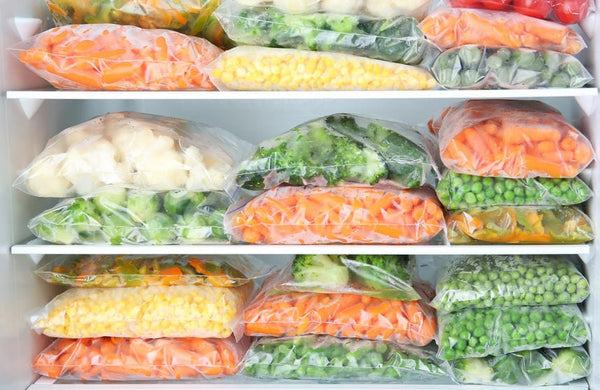
Green vegetables, including carrots, should always be refrigerated. If these products are stored at room temperature, they not only quickly wrinkle but also lose vitamins. Studies show that these products lose between 20 and 60 percent of their vitamins in just one week. If you can't use up the fruits and vegetables at all, you should freeze them immediately after purchasing them. This way, the nutrients can be preserved 100 percent for up to a year.
Conclusion: If stored correctly, you only buy half as much!
In addition to conscious purchasing of high-quality food, storage is crucial. Proper storage is essential to maximize vitamin and nutrient retention. Not all fruits and vegetables are ideal for refrigeration.
Cold-sensitive vegetables:
Eggplant, tomatoes, zucchini, cucumbers, onions, potatoes, basil, pumpkin
Cold-sensitive fruit:
Oranges, tangerines, lemons, grapefruit, mangoes, avocados, pineapples, papayas, bananas.

